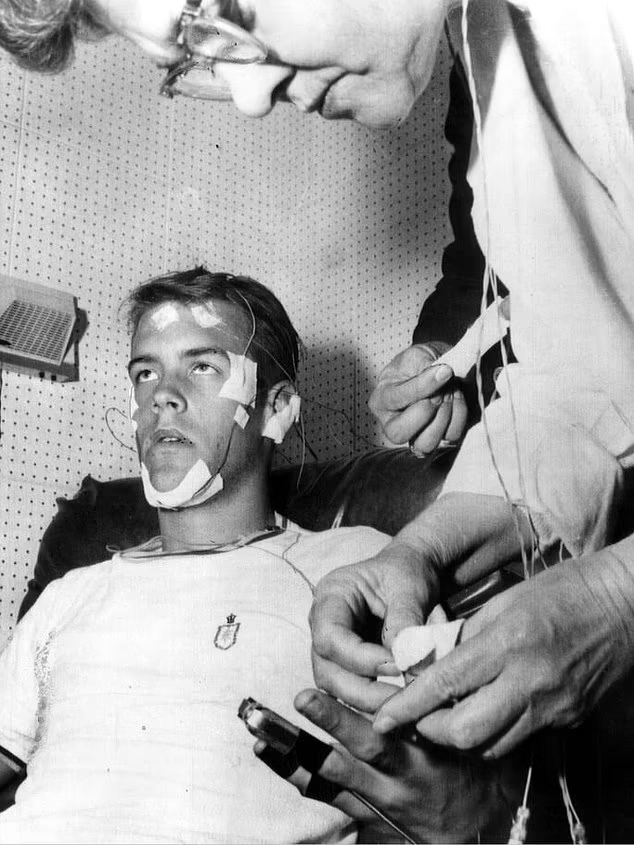Most of us can barely function after one sleepless night. But imagine staying awake for 19 straight days — 453 hours and 40 minutes without rest. That’s exactly what Robert McDonald did in 1986, pushing the human body to its breaking point. His record still stands — and it’s so dangerous that Guinness World Records no longer recognizes or tracks it.

The fascination with sleeplessness began decades earlier, when two high school boys, Randy Gardner and Bruce McAllister, decided to test how long a person could stay awake for a science project. It was 1963 — a time when the limits of the human mind still felt like something to be explored. But by the end, they weren’t just exhausted — they were changed.
“We were young and stupid,” McAllister later admitted. “After three nights, I was writing notes on the wall just to stay awake.”
Gardner, who stayed awake for 11 days, suffered terrifying symptoms — paranoia, memory loss, and hallucinations. His brain began “catnapping,” with some parts shutting down while others fought to stay awake. Scientists later discovered lasting effects from that kind of deprivation — proof that pushing the body too far comes with a price.

Years later, others tried to break the record, but none succeeded — and some never fully recovered. What began as a test of endurance became a sobering lesson in limits. Sleep isn’t a weakness. It’s survival.





